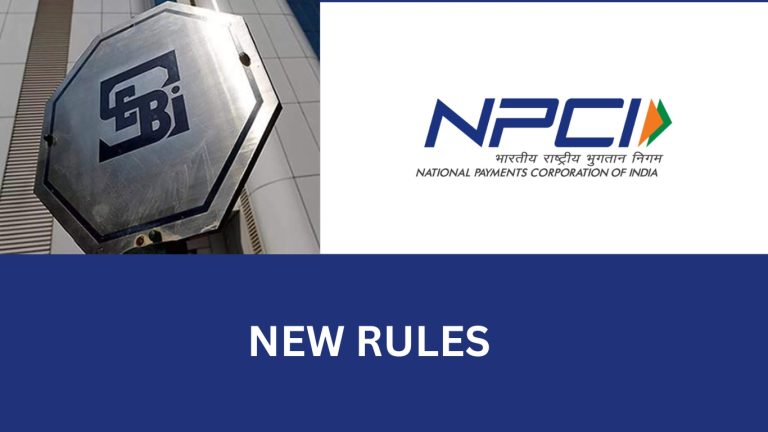Top 3 Stock Market Indicators for Predicting Market Trends
Investing in the stock market requires careful analysis and understanding of market trends. Successful investors rely on a combination of technical and fundamental analysis to make informed decisions.
While no indicator can guarantee accurate predictions, certain tools have proven effective in identifying potential market trends. In this blog post, we will explore the top three stock market indicators that investors can utilize for predicting market trends, along with relevant examples.
But first, what is a technical indicator?
A technical indicator is a mathematical calculation or statistical tool used in technical analysis to analyze past price and volume data of a financial instrument, such as stocks, currencies, or commodities. These indicators are designed to provide insights into potential future price movements and market trends.
Technical indicators are based on the premise that historical price patterns and market behavior tend to repeat themselves. By studying these patterns and applying mathematical formulas, analysts can identify trends, reversals, and other significant price movements that may help inform investment decisions.
There are various types of technical indicators, each serving a different purpose and providing different information. Some indicators are used to identify trend direction, while others help determine overbought or oversold conditions, momentum, volatility, or potential price reversals.
Here are 3 of the best indicators for you:
I. Moving Averages
Moving averages are widely used technical indicators that smooth out price data over a specific period. They help investors identify potential trend reversals and market momentum. The two most commonly used moving averages are the simple moving average (SMA) and the exponential moving average (EMA).
- Simple Moving Average (SMA)
The SMA calculates the average closing price over a specified period. It smooths out short-term fluctuations, providing a clearer view of the overall trend. Traders often use the 50-day and 200-day SMA to identify long-term trends.
When the shorter-term SMA crosses above the longer-term SMA, it is considered a bullish signal, indicating a potential upward trend. Conversely, when the shorter-term SMA crosses below the longer-term SMA, it suggests a bearish signal and a potential downward trend.
Example: Let’s say Company XYZ’s stock price has been consistently trading above its 50-day and 200-day SMAs. This indicates a bullish signal, suggesting that the stock may experience an upward trend. Investors may consider this as a potential buying opportunity, anticipating further price appreciation.
- Exponential Moving Average (EMA)
The EMA assigns more weight to recent price data, making it more responsive to short-term price movements. It is particularly useful for identifying trend changes and capturing the market’s current sentiment. Traders often use the 20-day and 50-day EMA to analyze shorter-term trends.
Example: If the price of Company ABC’s stock is consistently trading above the 20-day EMA, it indicates positive momentum. Investors may interpret this as a potential uptrend and consider entering a long position, expecting the stock price to continue its upward movement.
II. Relative Strength Index (RSI)
The Relative Strength Index is a popular momentum oscillator that measures the speed and change of price movements. It oscillates between 0 and 100, indicating overbought and oversold conditions.
The RSI compares the magnitude of recent gains to recent losses in a quick to grasp manner. A reading above 70 suggests the asset is overbought and may experience a price correction or reversal. Conversely, a reading below 30 indicates the asset is oversold and may present a buying opportunity.
Example: Suppose the RSI of Company XYZ’s stock reaches 80. This suggests that the stock is overbought, meaning it may have experienced a rapid price increase and could be due for a correction. Traders might consider selling or taking profits, anticipating a potential downturn in the stock price.
III. Volume
Volume is a crucial indicator that measures the number of shares traded within a given period. It provides insights into market activity and investor sentiment. High volume often accompanies significant price moves, indicating the strength of the trend.
Example: Suppose Company ABC’s stock experiences a sudden surge in trading volume, combined with a sharp price increase. This suggests strong buying interest and potential upward momentum. Investors may interpret this as a positive sign and consider entering or holding a long position, expecting further price appreciation.
Quick sum up
While no single indicator can predict market trends with absolute certainty, a combination of moving averages, the Relative Strength Index (RSI), and volume can provide valuable insights to investors. These indicators help traders gauge market sentiment, identify potential trend reversals, and capture profitable opportunities.
Indicator 1 brief:
When utilizing moving averages, investors can identify long-term trends and potential entry or exit points. The crossover of different moving averages can provide valuable signals for bullish or bearish trends.
For example, if the 50-day SMA crosses above the 200-day SMA, known as a “golden cross,” it suggests a bullish signal and potential upward trend. Conversely, if the 50-day SMA crosses below the 200-day SMA, known as a “death cross,” it indicates a bearish signal and potential downward trend. These signals can help investors make timely decisions regarding their positions.
Indicator 2 brief:
The Relative Strength Index (RSI) helps investors gauge the momentum and overbought/oversold conditions of a stock. By analyzing the RSI, traders can determine if a stock is overbought, indicating it may be due for a price correction, or oversold, suggesting a potential buying opportunity.
RSI values above 70 typically indicate overbought conditions, while values below 30 indicate oversold conditions. However, it’s important to note that stocks can remain in overbought or oversold territories for extended periods, so other factors should be considered in conjunction with the RSI.
Indicator 3 brief:
The volume serves as a vital indicator of market activity and can validate the strength of a trend. High volume during significant price moves suggests increased market participation and confidence in the direction of the trend.
For example, if a stock experiences a substantial price increase accompanied by high trading volume, it indicates strong buying interest and potential upward momentum. Conversely, if a stock experiences a significant price decline on high volume, it suggests strong selling pressure and potential downward momentum.
It is important to adapt these indicators to your investment strategies and combine them with other tools for a well-rounded approach to predicting market trends.




